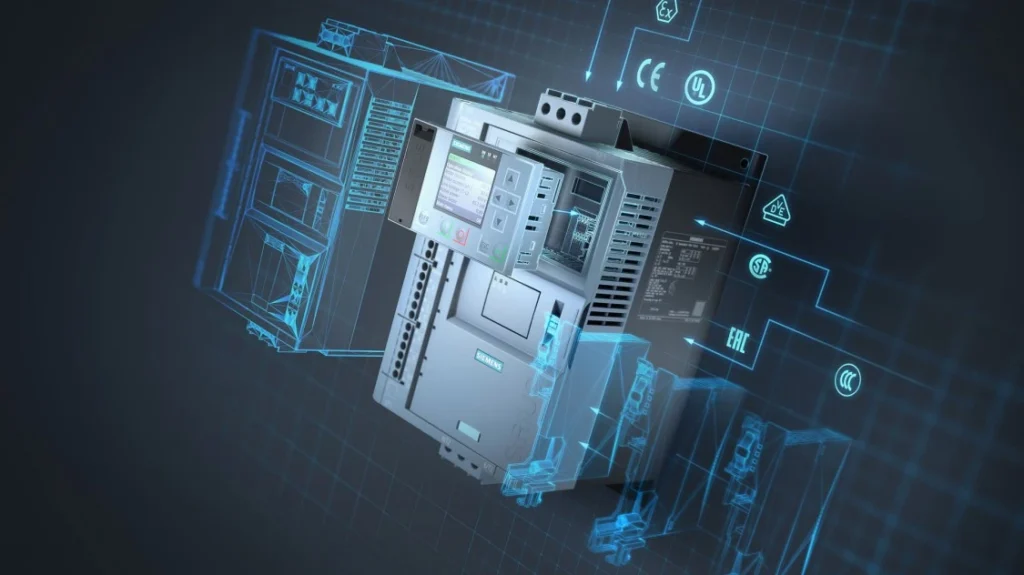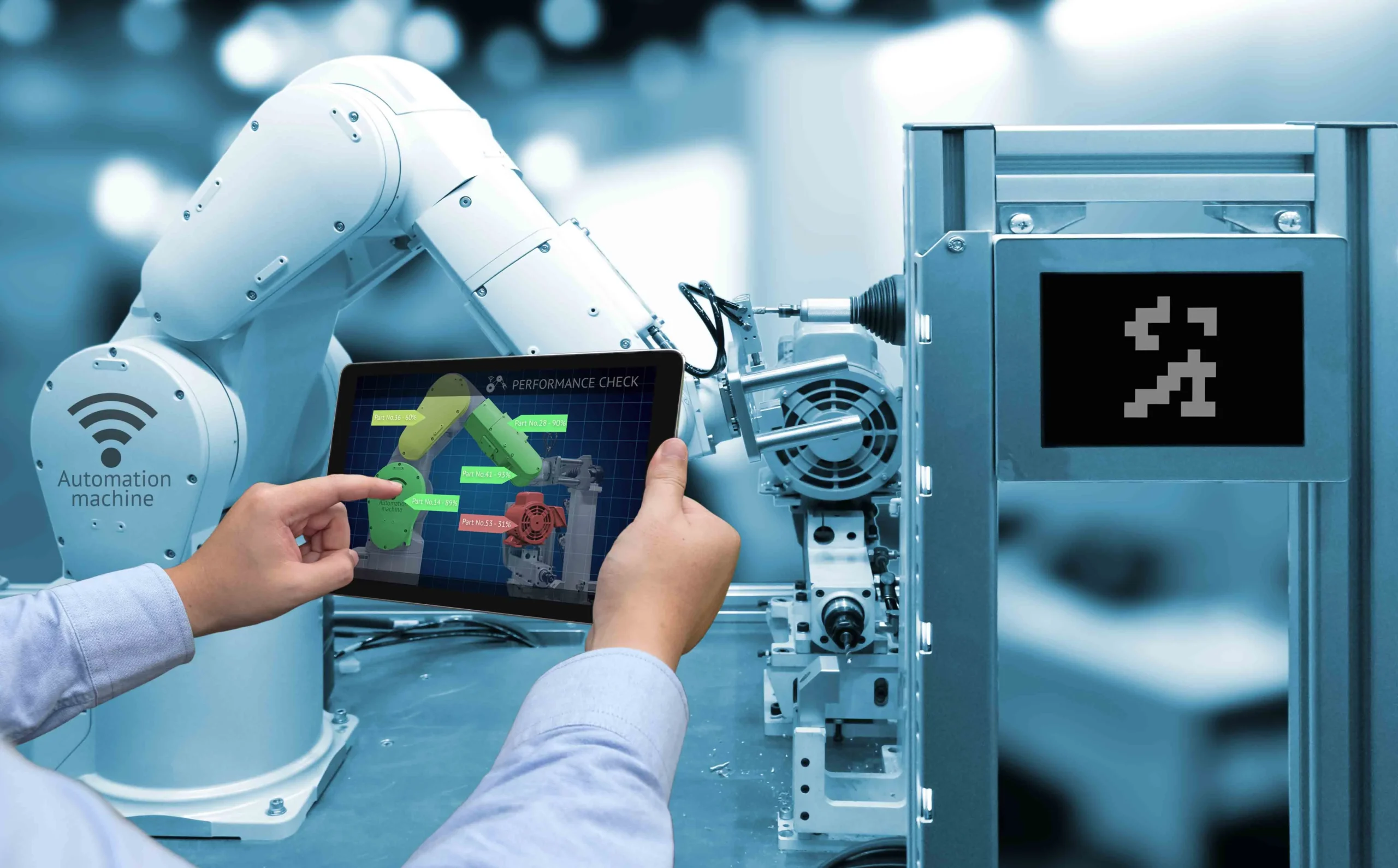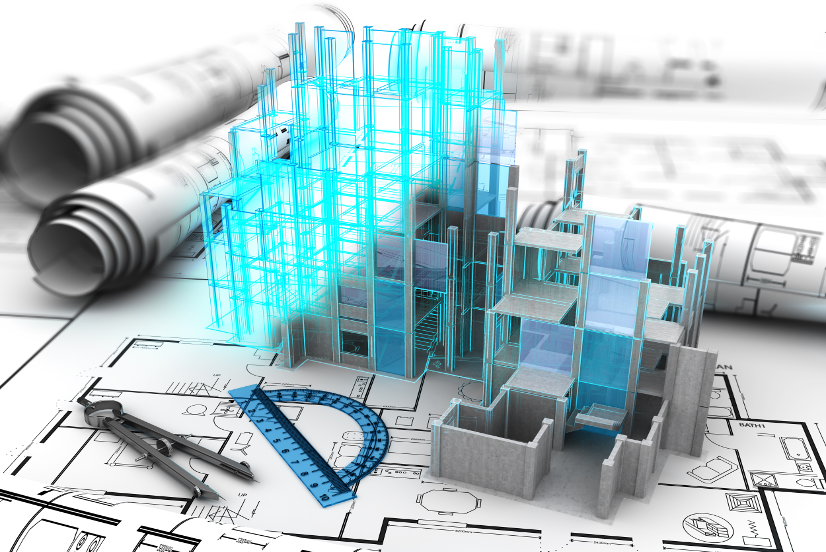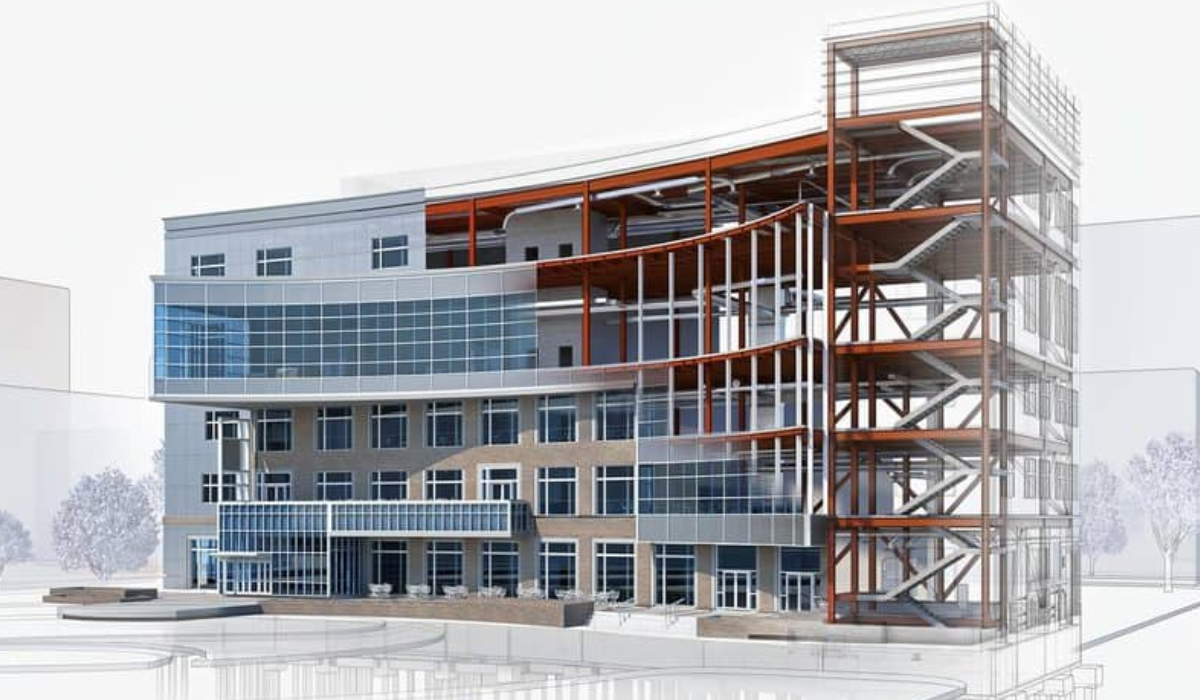Digital Twins: Facility Design with Simulation
In the world of engineering and manufacturing, technological innovation is driving radical changes in the way facilities are designed, built, and operated. Among the most disruptive tools are digital twins, faithful virtual representations of physical assets that allow simulating their behavior in real-time.

Integration between Digital Twins and Facility Design with Simulation
The integration of digital twins and facility design with simulation enables the creation of a more robust and realistic simulation environment for facility design. Digital twins provide precise and up-to-date data on the actual state of the facility, while simulation models facilitate the evaluation of the impact of different configurations and operation strategies.
How do digital twins work?
Imagine a detailed 3D digital model of an industrial plant, reflecting each component accurately, from pipes and machines to sensors and control systems. This model is not just a static image but is connected in real-time with its physical counterpart, receiving sensor data and reflecting changes occurring in the real world.
You might be interested in: What are Digital Twins?
Applications in facility design:
- Spatial planning: Optimization of space distribution, material flows, and accessibility.
- Energy performance analysis: Evaluation of energy consumption and design of strategies to improve efficiency.
- Simulation of environmental conditions: Study of thermal comfort, air quality, and lighting.
- Safety and ergonomics analysis: Identification of potential risks and design of safe and ergonomic workspaces.
- Predictive maintenance planning: Prediction of equipment failures and scheduling of preventive maintenance tasks.
How does simulation transform facility design?
Digital twins, driven by simulation, offer a range of benefits that transform facility design:
Virtual validation and optimization
Digital twins allow creating precise simulations of the behavior of processes, systems, and physical objects. This enables engineers to analyze and optimize designs before implementation in the real world, reducing errors and costs.
Validation of control and automation solutions
By replicating the input and output interfaces of the real process, digital twins serve as ideal platforms for validating control and automation solutions before physical implementation. This significantly reduces the time and resources required for commissioning.
Real-time monitoring and analysis
These technologies are continuously updated with real-world data, enabling precise monitoring and analysis of the performance of existing facilities. This facilitates early detection of failures, maintenance optimization, and cost reduction.
Virtual prototyping and quality improvement
Creating virtual prototypes through digital twins allows design teams to identify and correct defects at an early stage of the process, before physical manufacturing. This significantly improves the quality of the final product and reduces redesign costs.
Enhanced planning and decision-making
Digital twins enable comprehensive simulations of different operational scenarios, providing valuable information for planning and decision-making. This allows optimizing resource utilization, reducing downtime, and increasing overall efficiency.
In summary, digital twins and simulation represent a qualitative leap in facility design. By enabling virtual validation, optimization, and real-time monitoring, digital twins drive efficiency, quality, and profitability in the manufacturing industry.
JOIN THE NEW REALITY!



